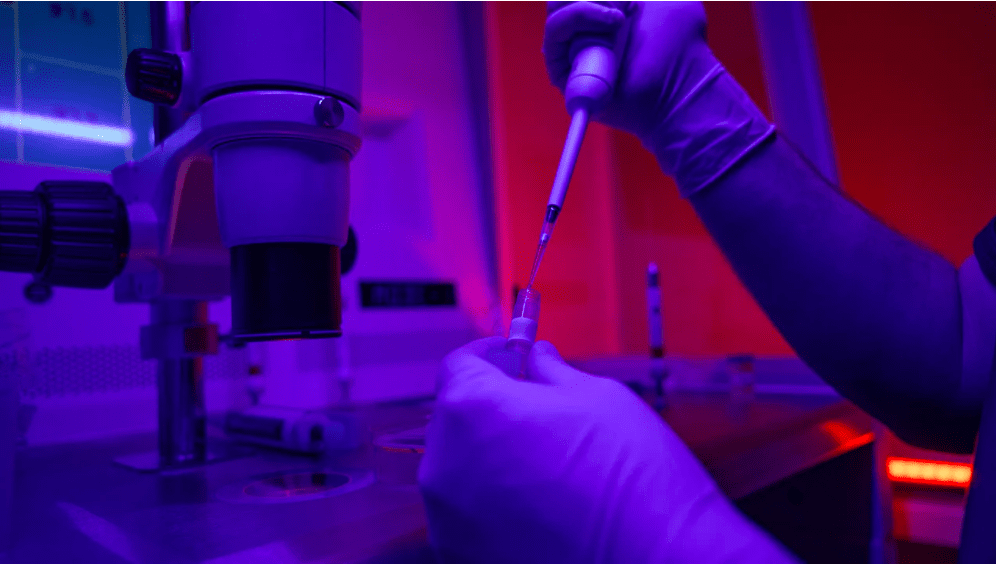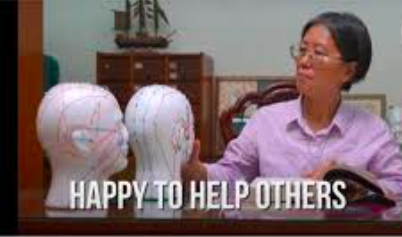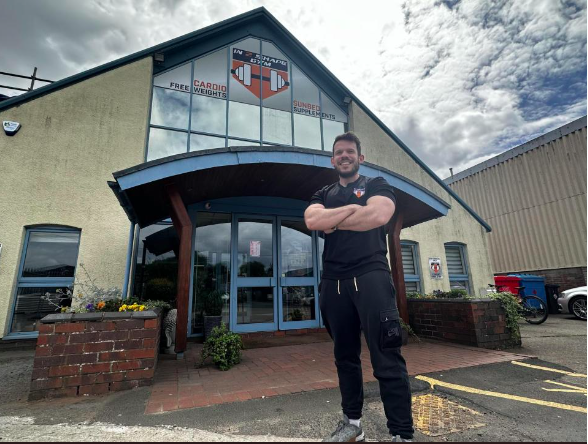Trending Stories
Groundbreaking Research: First Human Synthetic Embryo-like Structures Engineered

Groundbreaking Research: First Human Synthetic Embryo-like Structures Engineered
Revolutionary Findings Could Unveil the Mysteries of Early Human Development
In a world-first achievement, scientists from the United States and the United Kingdom have pioneered a technique to create synthetic human embryo-like structures using stem cells, thus eliminating the need for eggs and sperm.
This innovation marks a significant advancement in medical science, one that may potentially shed light on the understanding of genetic diseases and miscarriages.
Uncharted Territory: Navigating the Legal and Ethical Implications
As we venture into this new era of scientific discovery, these embryonic models raise pressing legal and ethical concerns. In many jurisdictions, including the US, there is a distinct lack of laws that govern the creation and handling of synthetic embryos.
James Briscoe, associate research director at the Francis Crick Institute, emphasizes, “There is an urgent need for regulations to provide a framework for the creation and use of stem cell-derived models of human embryos.”
A Glimpse Into the Black Box of Human Development
Dr. Magdalena Zernicka-Goetz, professor of biology and biological engineering at CalTech and the University of Cambridge, presented her work at the International Society for Stem Cell Research’s annual meeting.
Her team, along with a rival group in Israel, had previously reported on creating model embryos, or “embryoids,” from mouse stem cells.
The human model embryos created in her lab were developed from single human embryonic stem cells coaxed into forming three distinct tissue layers. These include cells that would typically evolve into a yolk sac, a placenta, and the embryo itself.
Distinct From Actual Human Embryos
Despite their resemblance to human embryos, Dr. Zernicka-Goetz stresses that these are embryo models. “I just wish to stress that they are not human embryos,” she stated.
“They are very exciting because they look very similar to human embryos and provide a crucial path towards understanding why so many pregnancies fail.”
According to her, this is the first instance where a human model embryo has been created with three tissue layers. However, while the model mimics some characteristics of a natural embryo, it lacks others.
The Future of Synthetic Human Embryos
Researchers envisage these synthetic embryos as keys to unlocking the mysteries surrounding the ‘black box’ of human development – the phase immediately following 14 days after fertilization.
At present, these synthetic model human embryos are confined to test tubes. It’s illegal to implant them in a womb, and animal research suggests that they do not survive when implanted.
Dr. Zernicka-Goetz asserts that her research isn’t aimed at creating life but rather at preventing its loss. She seeks to understand why some embryos fail to develop after fertilization and implantation.
Roger Sturmey, senior research fellow in maternal and fetal health at the University of Manchester in the UK, adds, “We know remarkably little about this step in human development, but it is a time where many pregnancies are lost, especially in an IVF setting.”
Undoubtedly, there’s a long road ahead in understanding these synthetic embryos and how they relate to naturally formed embryos. Nevertheless, this breakthrough signifies a new dawn in our understanding of human development and genetics.

Synthetic Embryos vs Natural Embryos
Researchers emphasize the important distinction between these synthetic embryos and those naturally created through the union of an egg and sperm.
According to Sturmey, “These ‘synthetic embryos’ share a number of features with blastocysts, but the way synthetic embryos form is different from how a normal embryo forms a blastocyst.”
As we continue to explore these complex models, it’s essential to recognize the differences and similarities between synthetic and natural embryos. Only then can we fully grasp the potential and limitations of these innovative models?
Unraveling the Secrets of Human Development
This pioneering research takes us a step closer to deciphering the complexities of early human development. Through these synthetic models, scientists can gain insight into the causes of developmental failures and potential genetic disorders.
By understanding why embryos sometimes fail to develop after fertilization and implantation, researchers may be able to provide solutions and interventions that prevent pregnancy loss. This could be particularly beneficial in cases of in vitro fertilization (IVF), where the early stages of development are often the most precarious.
A Groundbreaking Step Towards the Future
This exciting leap in medical science opens up possibilities for future research and applications. From potentially preventing miscarriages and addressing genetic disorders to shedding light on the intricacies of early human development, synthetic human embryos represent a promising frontier in biomedical research.
However, it also brings into sharp focus the need for thorough legal and ethical frameworks. As we delve deeper into this new territory, society must grapple with the profound implications and responsibilities that such advancements entail.
Stay updated on the latest in medical breakthroughs with CNN Health’s weekly newsletter, The Results Are In with Dr. Sanjay Gupta.
Remember to add this article to your bookmarks and share it on your social media to let others know about the exciting advancements in human genetic research!
https://edition.cnn.com health/human-model-embryo/ivf_lab/iStockphoto/Getty https://edition.cnn.comhealth/human-model-embryo/GregorFischer/picture
Trending Stories
Can Supplements Fix Belly Fat? Experts Weigh in on the “Cortisol Pouch” Myth
Trending Stories
Sister Regina Liu: Empowering Health Through Acupuncture

Sister Regina Liu: Empowering Health Through Acupuncture
In the bustling world of healthcare, Sister Regina Liu stands out as a beacon of holistic healing. Her journey into the world of acupuncture is not only inspiring but also transformative for the countless individuals she has treated.
Through her dedication, Sister Regina has brought traditional Chinese medicine to the forefront, offering an alternative and complementary approach to modern medical practices.
The Journey of Sister Regina Liu
Sister Regina Liu’s path to becoming a renowned acupuncturist began with her deep-rooted interest in holistic health. Born into a family that valued traditional Chinese medicine, Sister Regina was exposed to the benefits of acupuncture from a young age. Her early fascination turned into a lifelong passion as she pursued formal education and training in the field.
Acupuncture: Bridging Ancient Wisdom and Modern Health
Acupuncture, a practice with origins in ancient China, involves inserting thin needles into specific points on the body to balance the flow of energy or “qi.” Sister Regina Liu has mastered this ancient art, using it to address a wide range of health issues.
From chronic pain to stress management, her expertise has provided relief to many who had exhausted conventional treatment options.
Impact on Community Health
Sister Regina’s impact extends beyond individual treatments. She has been instrumental in educating the community about the benefits of acupuncture, breaking down misconceptions, and making the practice more accessible.
Her workshops and seminars have enlightened many about the holistic approach to health, emphasizing the interconnectedness of body, mind, and spirit.
Success Stories and Testimonials
The success stories of Sister Regina’s patients are a testament to her skill and dedication. Many individuals who had lost hope found solace in her treatments.
For instance, Maria, a long-time sufferer of migraines, experienced significant relief after just a few sessions with Sister Regina. Her story is just one of many that highlight the transformative power of acupuncture under Sister Regina’s care.
Challenges and Triumphs
Like any journey, Sister Regina’s path was not without challenges. Integrating acupuncture into mainstream healthcare faced resistance initially.
However, her perseverance and the undeniable results of her treatments gradually won over skeptics. Today, Sister Regina is not only respected in the field of acupuncture but also in the broader medical community.
The Science Behind Acupuncture
While acupuncture is rooted in ancient practices, modern science has begun to unravel the mechanisms behind its effectiveness. Studies have shown that acupuncture can stimulate the release of endorphins, the body’s natural painkillers, and improve blood circulation.
These scientific validations have further cemented acupuncture’s place in contemporary healthcare, thanks in part to advocates like Sister Regina Liu.
Acupuncture in Modern Healthcare
Sister Regina’s work exemplifies how traditional practices can complement modern medicine. Hospitals and clinics increasingly incorporate acupuncture into their treatment plans, recognizing its benefits in pain management, mental health, and overall well-being. This integration signifies a broader acceptance and understanding of holistic health practices.
Future Vision
Looking ahead, Sister Regina Liu envisions a future where acupuncture and traditional Chinese medicine are fully integrated into the global healthcare system. She continues to advocate for research, education, and policy changes that support the inclusion of holistic practices in mainstream medicine.
How to Get Started with Acupuncture
For those new to acupuncture, Sister Regina offers practical advice on getting started. She recommends finding a certified acupuncturist, understanding the treatment process, and maintaining an open mind. Her guidance helps demystify acupuncture, making it more approachable for newcomers.
Conclusion
Sister Regina Liu’s journey in empowering health through acupuncture is a remarkable tale of dedication, resilience, and success. Her contributions have not only alleviated individual suffering but also enriched the broader understanding of holistic health. As acupuncture continues to gain recognition, Sister Regina’s legacy will undoubtedly inspire future generations of healers.
FAQs
1. What conditions can acupuncture treat?
Acupuncture can address various conditions, including chronic pain, migraines, stress, anxiety, digestive issues, and more. It is also used to support overall wellness and balance.
2. Is acupuncture safe?
Yes, when performed by a certified and experienced acupuncturist, acupuncture is safe. It involves using sterile, single-use needles and adhering to proper hygiene practices.
3. How many sessions are needed to see results?
The number of sessions varies depending on the condition and individual response. Some may experience relief after one session, while others may need multiple treatments.
4. Does acupuncture hurt?
Acupuncture needles are very thin, and most people feel minimal to no discomfort. Some may feel a slight tingling or warmth at the needle site.
5. How do I find a qualified acupuncturist?
Look for acupuncturists who are certified by recognized professional organizations and have positive patient reviews. Personal recommendations and consultations can also help in making an informed choice.
References
Trending Stories
In 2 Shape Gym Unveils Major Expansion in Stourport
-

 Trending Stories1 year ago
Trending Stories1 year agoCDC: 1 in 4 Americans Still COVID-Free by End of 2022
-

 Health8 months ago
Health8 months agoHow Do Pawpaw Seeds Support Cardiovascular Health?
-

 Health5 years ago
Health5 years agoMeghan Trainor Shares Motivational New Song ‘Blink’
-

 Health2 years ago
Health2 years agoHow Long Does Monkey Pox Last Before It Surfaces in the Body?
-

 Health3 years ago
Health3 years agoWhat Causes Swollen Body? Understanding Edema and its Triggers
-

 Health3 years ago
Health3 years agoNutrition and the Importance of a Fitness Program – 3 Things to Know
-

 Health3 years ago
Health3 years ago5 Weird Reasons Why Pimples Disappear After Marriage
-

 Health3 years ago
Health3 years agoHealth Benefits Of Pawpaw Seed? 7 Things To Know







